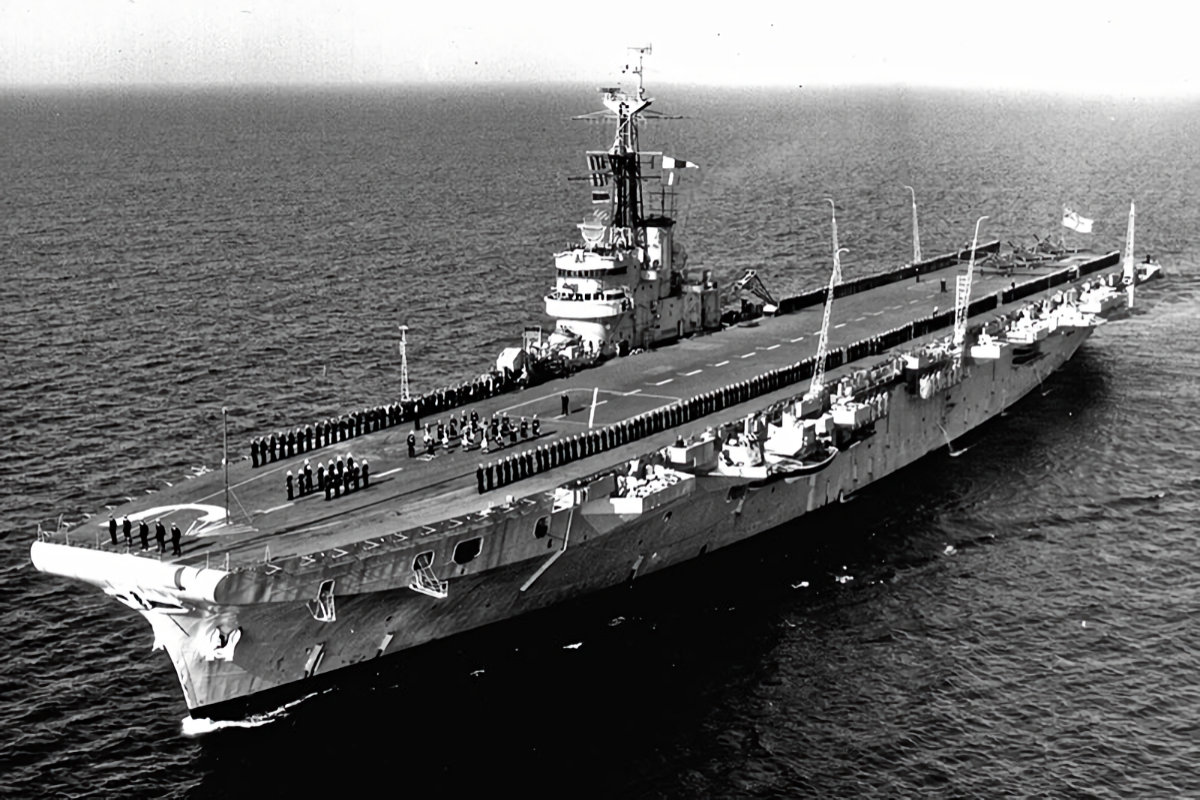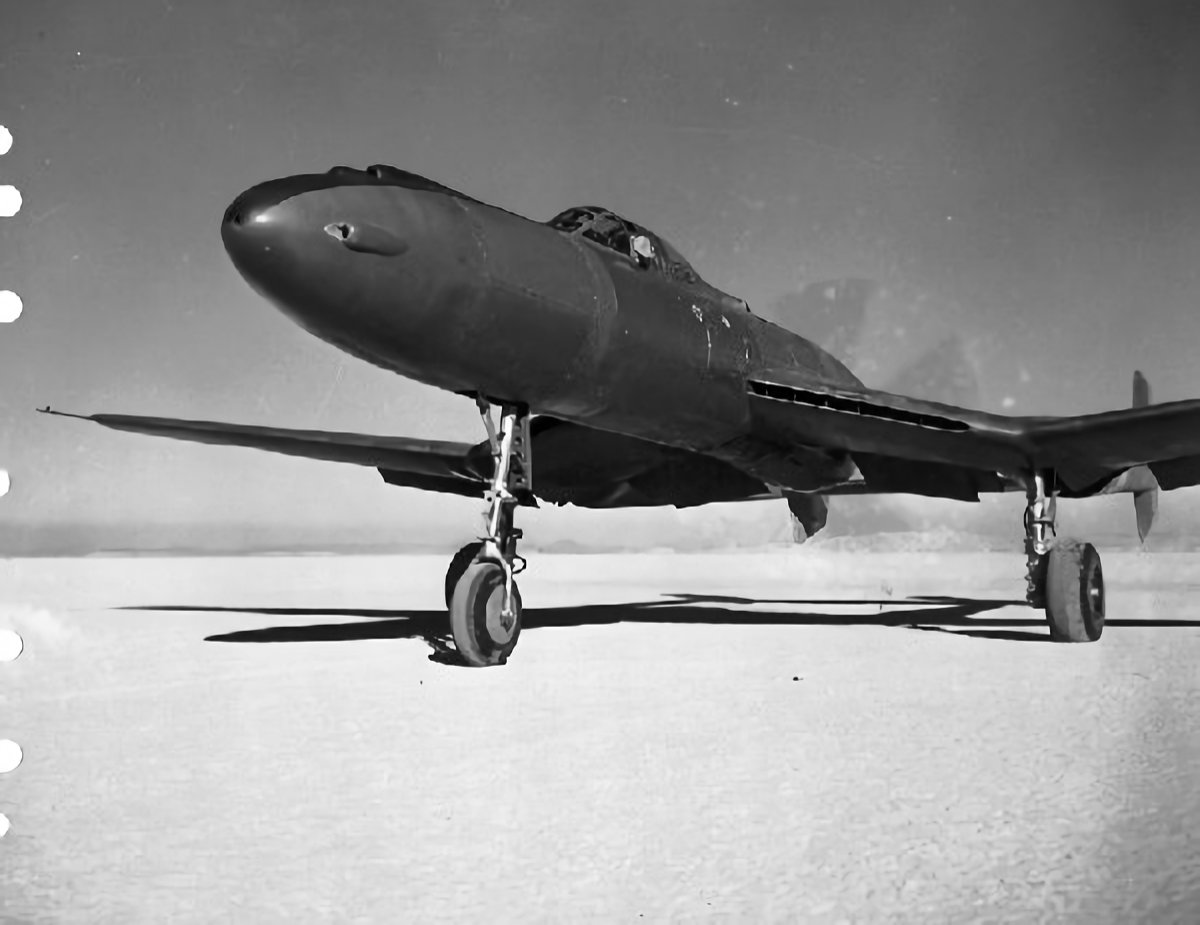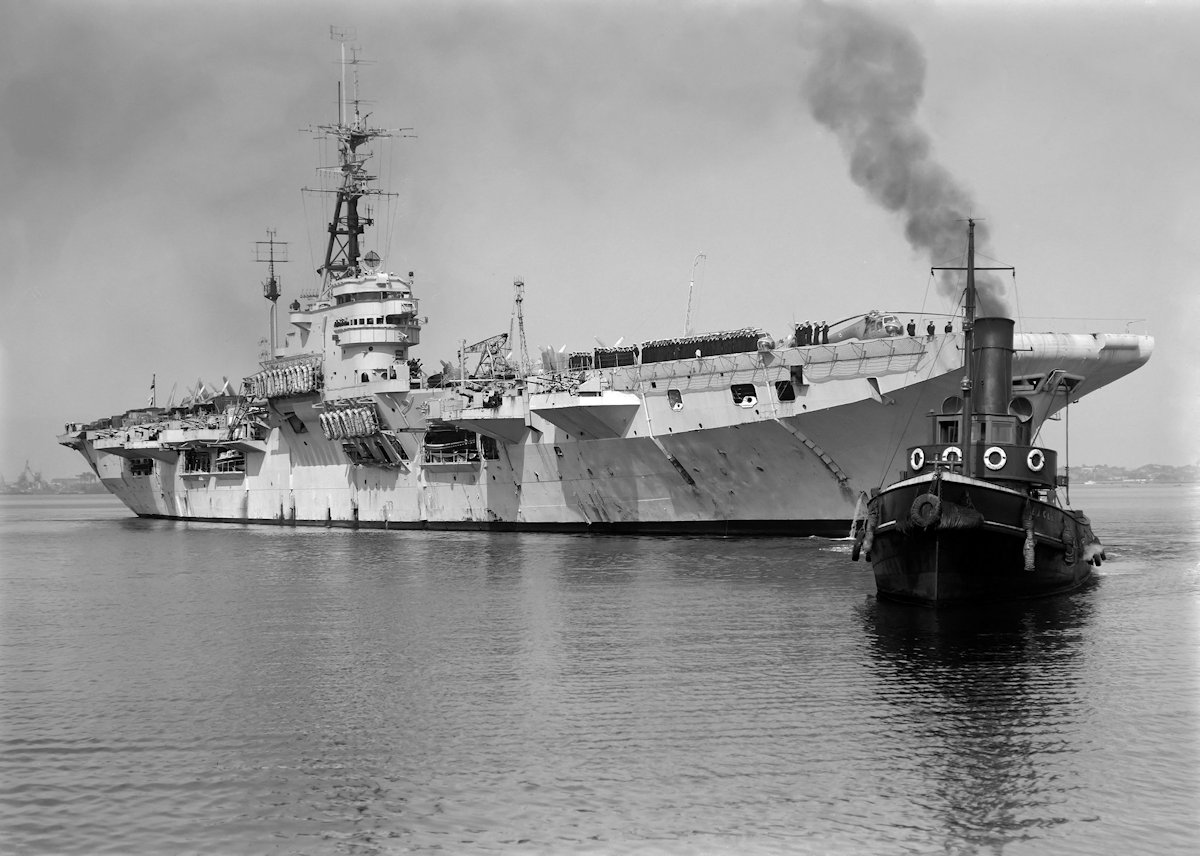Tag: World War Two
-
British Aircraft Carrier HMS Warrior

British Aircraft Carrier HMS Warrior (R31) When completed on 2 April 1945, the Colossus-class aircraft carrier HMS Warrior was lent to the Royal Canadian Navy as HMCS Warrior. She remained in Canadian hands from 14 March 1946 until 23 March 1948. Upon returning to British service, HMS Warrior was refitted at Devonport, where she was… Read more
-
Vultee XP-54 Swoose Goose

Vultee XP-54 Swoose Goose Vultee XP-54 Swoose Goose resulted from United States Army Air Corps proposal R-40C issued on 27 November 1939 for aircraft with improved performance, armament, and pilot visibility over existing fighters; it specifically allowed for unconventional aircraft designs. Also designed to this request were the Curtiss XP-55 Ascender and the Northrop XP-56 Black Bullet.… Read more
-
British Aircraft Carrier HMS Vengeance

British Aircraft Carrier HMS Vengeance Photos of HMS Vengeance HMS Vengeance in Service Completed on 15 January 1945, HMS Vengeance was a Colossus-class aircraft carrier built for the Royal Navy. Vengeance arrived in Sydney Australia in July 1945, but was still in port when the Japanese surrendered and therefore saw no action during the Second… Read more